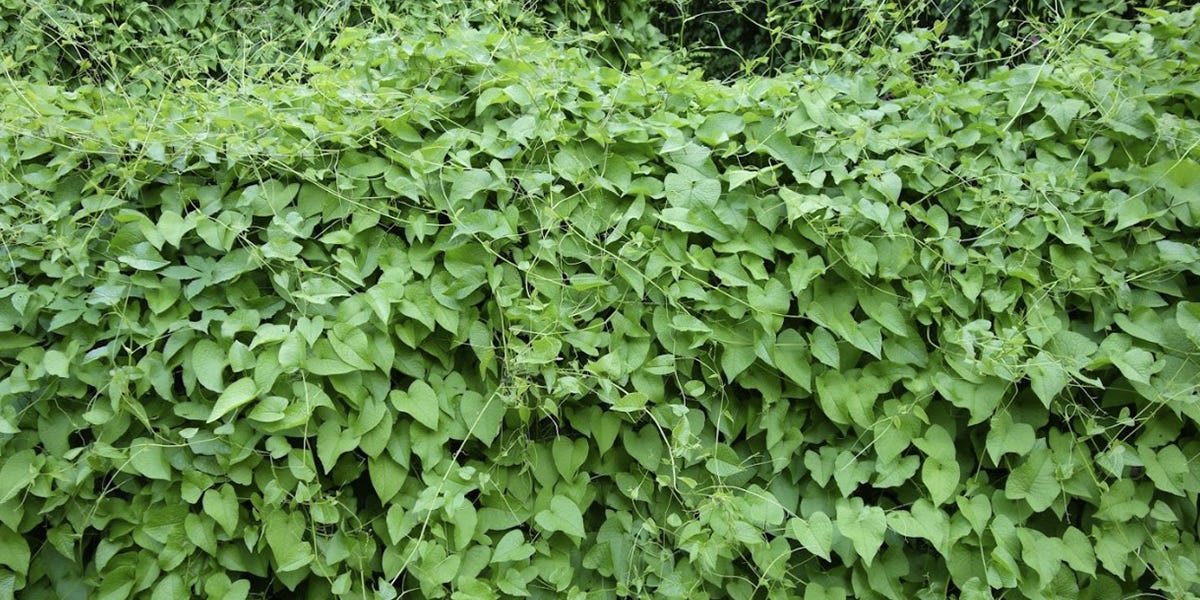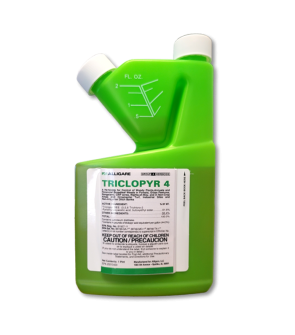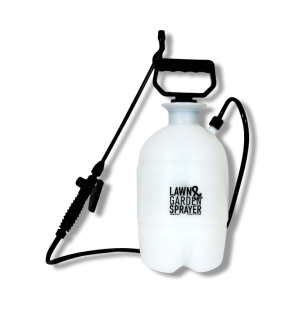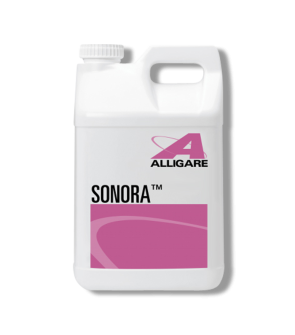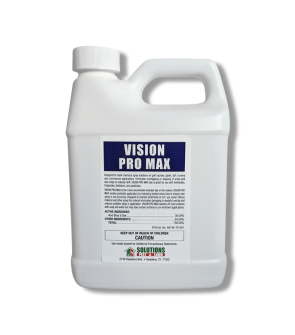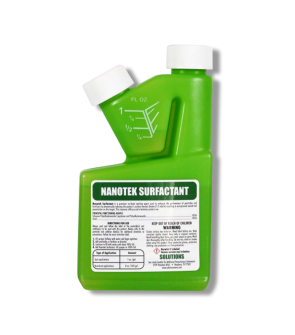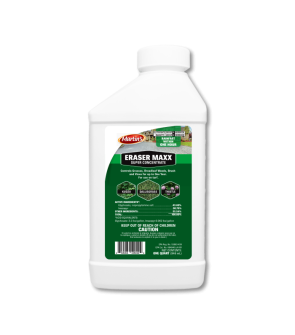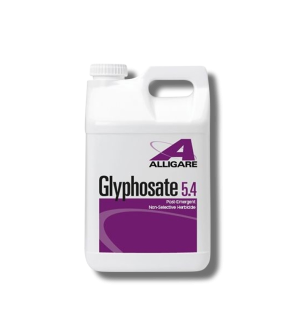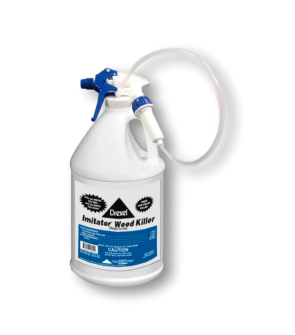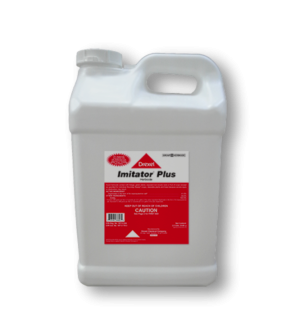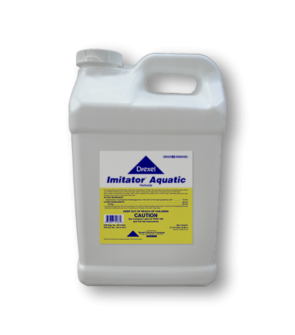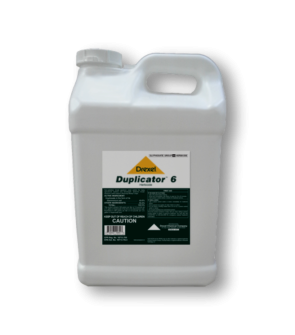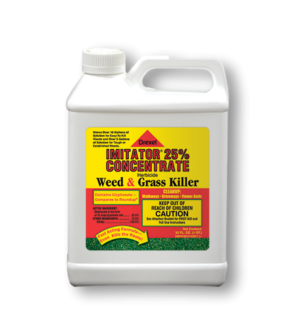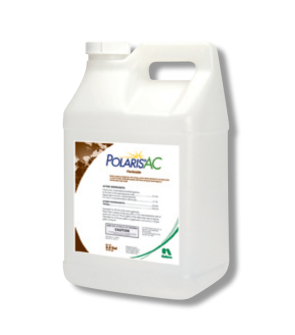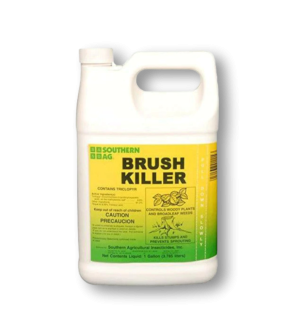Gain access to personalized product screening, the best pricing, rewards, and more!
Most Effective Products
Kudzu Control: How To Get Rid of Kudzu
Kudzu vines are a rapidly rising weed problem in the southeastern United States. It is frustrating to manage because it spreads quickly and is difficult to eradicate totally. Kudzu is a persistent weed that can grow up to 100 feet or more without intervention.
Kudzu was brought to the U.S. from Japan in the 1800s to help with erosion control. The government paid farmers to grow this plant and help improve agriculture since it was known to be a fast-growing ground cover and good foraging crop. However, it becomes a regrettable mistake as the vine would grow well beyond where it was intended to grow and overtake lands and virtually anything that gets in its way, whether vehicles or houses.
If you have kudzu on your property and want to get rid of it, our DIY kudzu treatment guide below will show you how to eliminate this invasive vine using our professional-grade control products.
Identification

Before proceeding with treatment, you will need to be sure the weed you are dealing with is kudzu. Careless identification can lead you to use the wrong treatment methods, which can waste time and money. Below are the following characteristics to know what kudzu looks like
- Kudzu is a perennial vine from the pea family. Its leaves are alternate and compound, with three wide leaflets with hairy margins. The kudzu vine can grow up to 12 feet in a day and is not slowed down by poor conditions. It can grow up and over almost any structure and literally covers objects with its fast-growing vegetation.
- Kudzu thrives because of its root system, which forms very deep in the soil. These roots are hard to dig out completely. When you attempt to hand-pull or dig out these roots, any pieces left behind will eventually resprout and regenerate.
Use our description and image above to help you identify kudzu on your property. If you are not totally sure, contact us, and we will properly identify the plant for you. Our lawn care experts will also offer product recommendations for your problem weed.
Inspection

Where to Inspect
Kudzu vines are very conspicuous, so you won't be able to miss them on your property. Walk your property to observe where the vines are concentrated and how severe of an issue you have.
What To Look For
What stands out most about kudzu is its leaves, which consist of three broad leaflets up to 4 inches across.
Treatment
When handling herbicides, please protect your skin and eyes with safety equipment (goggles, gloves, and long-sleeved clothing).
The most effective way to treat kudzu is a combination of mechanical control via cutting and chemical control via applying herbicides. You should cut the vine down as much as possible and then apply a professional herbicide directly to the stem. Our recommendation is Triclopyr, as it has shown good results in controlling invasive kudzu.
Step 1: Cut down the Kudzu
Cut down the kudzu vines using an ax, machete, or saw. Survey the area to see where the vine is growing and whether it is a safe area to move forward with chopping down. Once the proper safety measures are placed and the area is analyzed, you can mow or cut the vegetation down until it reaches the ground level. Loppers tend to work well with this plant.
Step 2: Apply Triclopyr
Prepare a herbicide spray mix of Triclopyr 4 using a 3-gallon backpack sprayer for smaller applications.
To determine how much Triclopyr you need, you must determine the size of the treatment area. To do this, measure the treatment areas' length and width in feet, then multiply them together (length x width = square footage).
For woody vegetation like kudzu, the label states to use 1 quart of Triclopyr 4 per acre. When narrowed down for smaller applications, Triclopyr should be mixed at 0.75 fl. oz. of Triclopyr 4 in a gallon of water per 1,000 sq. ft.
You should use enough water to treat the kudzu that is growing sufficiently. We also recommend adding a surfactant (such as Nanotek Surfactant) per finished gallon of solution. You should also use spray marking dye (such as Vision Pro Dye) to mark plants that have been sprayed and to tell if you are getting sufficient herbicide on the plant.
Triclopyr 4 can be sprayed upon kudzu foliage, a freshly cut stump, or the bottom 12 inches of a woody trunk. Thorough coverage is vital for the best possible results. Spray when the kudzu is actively growing. Repeated applications may be necessary to ensure total eradication.
Prevention
Prevent kudzu from returning by following the listed preventative measures:
- Typically, it takes about 10 years of persistent herbicide applications to get rid of kudzu, as it is a very persistent plant. To fend off this invasive vine, mow growth areas short and repeat treatment applications during the growing season.
Key Takeaways
What is Kudzu?
- Kudzu is an invasive vine regarded as "the bine that ate The south" because of how easily and quickly this vine takes over native plants and spaces it has infiltrated.
How to Get Rid of Kudzu
- Our top recommendation for treating kudzu is a combination of cutting down the vines and post-emergent treatment with Triclopyr 4.
Preventing Kudzu Reinfestation
- Kudzu, which has been firmly established, will be hard to control without persistence and repeat applications.






